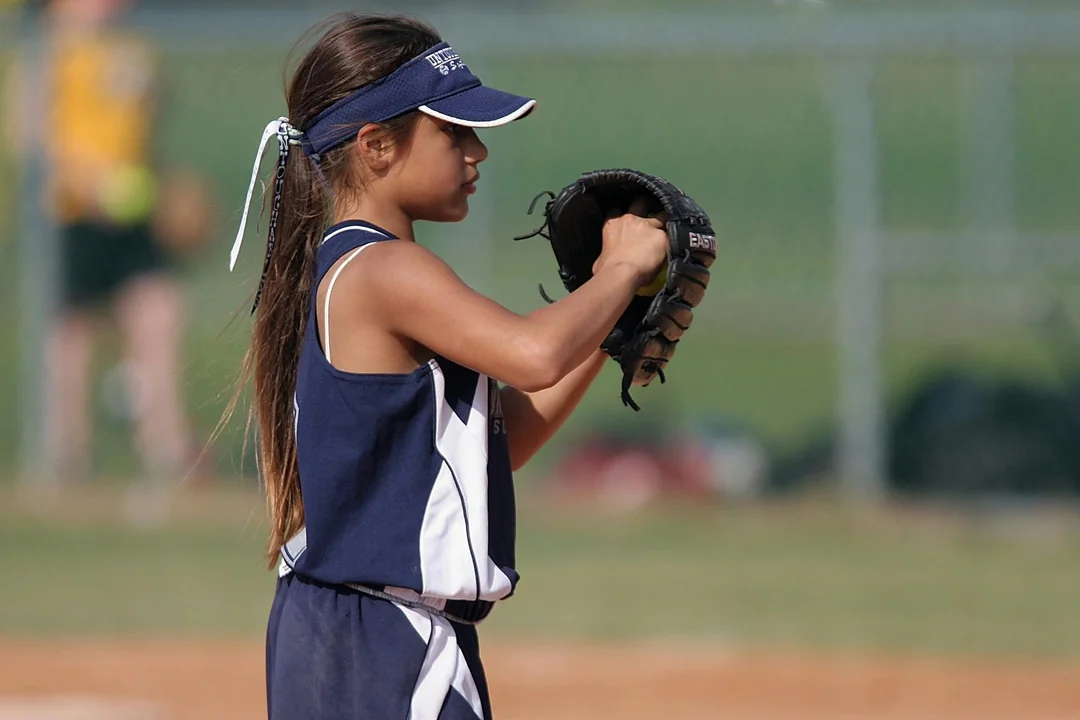A recent study has found that organized youth sports in the United States are increasingly becoming the domain of privileged families, highlighting a concerning shift in who participates in these activities. The research, conducted by Ohio State University, analyzed data from the National Sports and Society Survey and uncovered significant generational changes in youth sports participation.
One of the key findings is the rise in the costs associated with participation, particularly in private club sports. On average, families spent $883 annually per child on their primary sport in 2022. This financial burden means that many families with lower incomes are unable to afford these opportunities, leading to a higher concentration of privileged children in organized sports. The study suggests that this trend is linked to a broader societal shift, where sports are increasingly seen as a way to gain a competitive edge in life, rather than just for fun and physical activity.
While participation rates in youth sports have increased over the decades, so has the dropout rate. For example, more than 70% of children born in the 1990s who began playing organized sports dropped out before turning 18, a sharp increase from the 50% dropout rate for those born in the 1950s. The pressures of hyper-competitive environments and the high costs are cited as significant factors driving these trends.
But there were also significant generational variations in who took part in organized sports, the study found.
"Childhood social class matters when it comes to whether you have the opportunity to participate in organized sports, something which is a relatively recent development," said Chris Knoester, lead author of the study and professor of sociology at The Ohio State University. "We found that privileged families seem to be leveraging their advantages to strategically and intentionally invest in organized sports participation. That can give their children big benefits."
Knoester conducted the study with Chris Bjork, professor of education at Vassar. Their results were published recently in the journal Leisure/Loisir.
A major contribution of the study is providing an in-depth review of how patterns of youth sports participation have changed over the past 60 years, something that hasn't been done before, Knoester said.
The study used data from the National Sports and Society Survey, conducted in 2018 and 2019 by Ohio State. It included a sample of 3,935 adults from across the country who answered questions about their sports participation as children.
The finding that youth from privileged families are increasingly dominating organized sports speaks to the increased privatization of the youth sports industry, enhanced reliance on parents' involvement, and huge growth of club sports, according to the researchers.
"There has been a dramatic decrease in public support for extracurricular activities in schools that started in the '80s, including sports," Bjork said.
"One result has been the growth of club sports, which can be very expensive, and not all parents are in the position to afford that for their kids."
The average family paid $883 annually for one child's primary sport in 2022, according to Project Play by the Aspen Institute.
For many privileged parents, organized and especially private club sports are seen as a way to help their kids excel in a sport, potentially setting them up for college scholarships and a springboard to success in life, Knoester said.
The fact that fewer families have access to this because of the expense is concerning, he said.
One positive trend the study documented was the growth of girls participating in youth sports, Knoester said.
Among kids born in the 50's and growing up throughout the '60s, only about 45% of girls took part in organized sports, way behind boys. But by the '90s, about 70% of girls were out on the fields and courts, right on par with boys.
A lot of that had to do with Title IX, a federal law passed in 1972 that prohibited schools from sex-based discrimination, including in sports.
"It resulted in a dramatic increase in the number of girls taking part in sports," Knoester said.
Americans saw one outcome of that in the recent Olympic games in Paris.
The U.S. won 126 medals, the most of any country—and women won 67 of them, Knoester noted. In fact, if the U.S. women had been their own nation, they would have placed third in the overall medal count, behind only the U.S. and China.
"Title IX and the increase in girls playing sports really set the stage for what we saw in Paris this summer, with the domination of U.S. women," Knoester said.
Another key finding of the study was that while sports participation has increased over the generations, there has also been a concerning rise in the proportion of kids who start playing, but then drop out.
For kids born in the '50s, there were essentially no class differences in who played organized sports. But for kids born in the '90s, the share of those who played organized sports grew to be 24 percentage points higher when they had a college-educated parent, compared to not having had a college-educated parent.
This trend raises concerns about the access and inclusion of youth sports, which used to be a critical way by which children from all backgrounds would avail themselves of physical activity opportunities, make friends, and learn life lessons. The study's authors stress the requirement for a return to a model of youth sports that is more inclusive and supportive of children without the excessive financial and competitive pressures currently dominating the environment.






 King Solomon (Age 6) Plays Up with 2nd Grade SOH Elite | Future Star in the Making
King Solomon (Age 6) Plays Up with 2nd Grade SOH Elite | Future Star in the Making

















